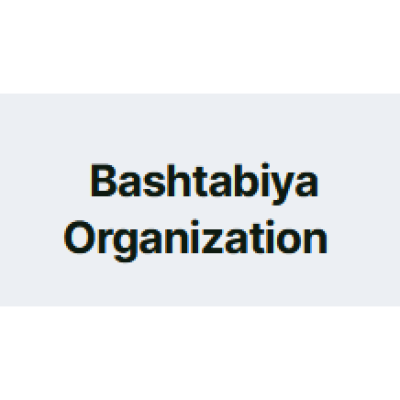Print

Basel Convention on the Control of Transboundary Movements of Hazardous Wastes and Their Disposal
General
Jobs • 2
Shortlists/Awards • 0
Pricing strategy • 0
Partners/Competitors • 0
More
General
Jobs
Shortlists/Awards
Pricing strategy
Partners/Competitors
Tenders
Grants
Details
Legal residence:Switzerland
Organization type:NGO
Funding agencies: Other
Sectors: Pollution & Waste Management (incl. treatment)
Status:
Active
About
The Basel Convention on the Control of Transboundary Movements of Hazardous Wastes and their Disposal was adopted on 22 March 1989 by the Conference of Plenipotentiaries in Basel, Switzerland, in response to a public outcry following the discovery, in the 1980s, in Africa and other parts of the developing world of deposits of toxic wastes imported from abroad.
Awakening environmental awareness and corresponding tightening of environmental regulations in the industrialized world in the 1970s and 1980s had led to increasing public resistance to the disposal of hazardous wastes – in accordance with what became known as the NIMBY (Not In My Back Yard) syndrome – and to an escalation of disposal costs. This in turn led some operators to seek cheap disposal options for hazardous wastes in Eastern Europe and the developing world, where environmental awareness was much less developed and regulations and enforcement mechanisms were lacking. It was against this background that the Basel Convention was negotiated in the late 1980s, and its thrust at the time of its adoption was to combat the “toxic trade”, as it was termed. The Convention entered into force in 1992.
Top partners

Top competitors


Similar Companies
By Sectors and Organization Types
Country:
Dem. Rep. Congo
Awards:
0
Jobs:
0
Country:
Iraq
Awards:
0
Jobs:
0
Country:
Cameroon
Awards:
0
Jobs:
0
Country:
Somalia
Awards:
0
Jobs:
0





